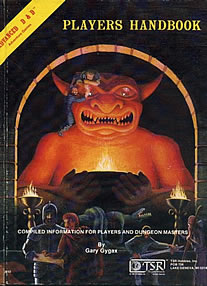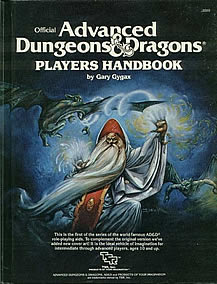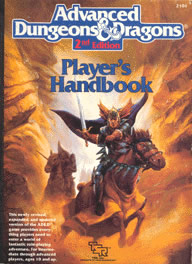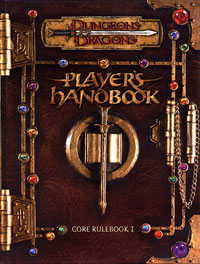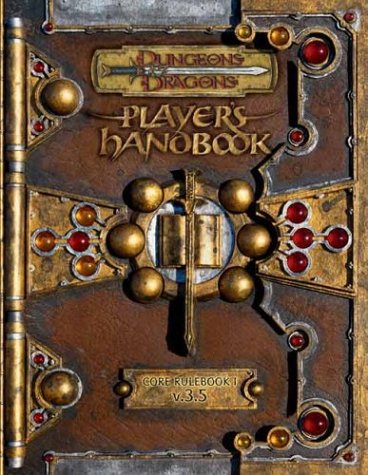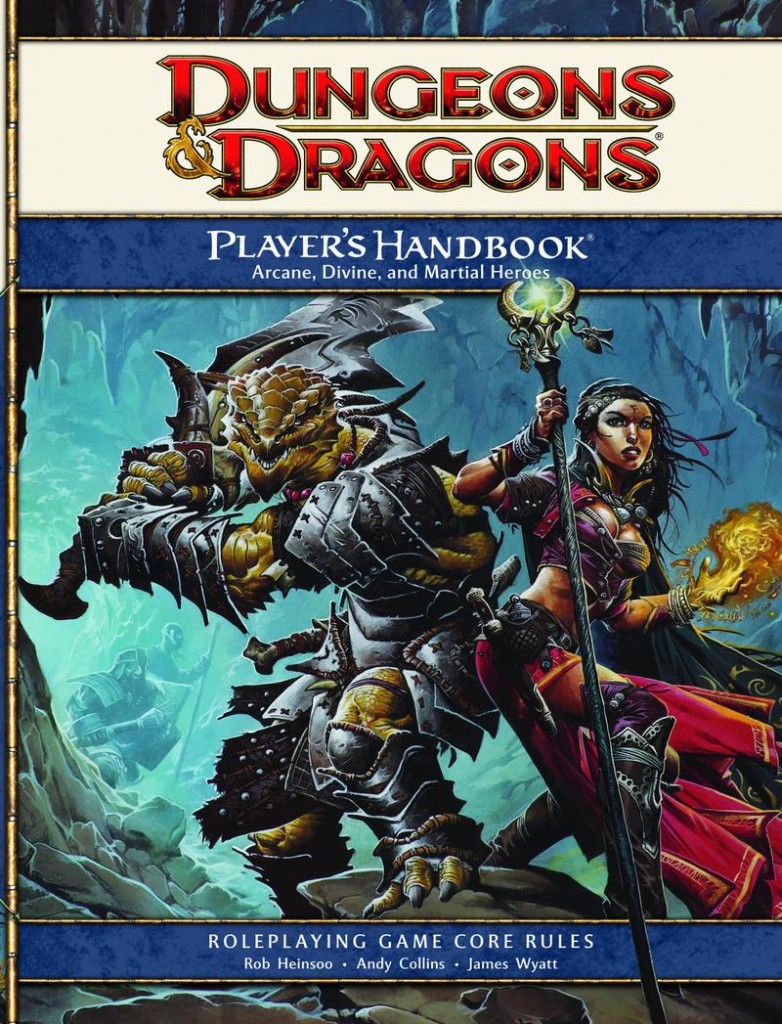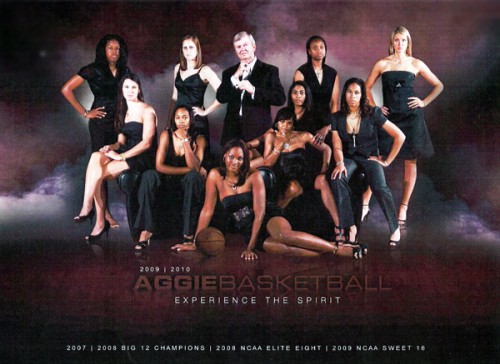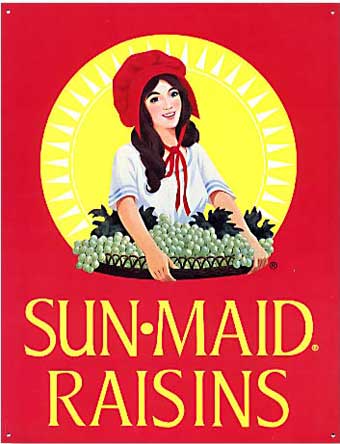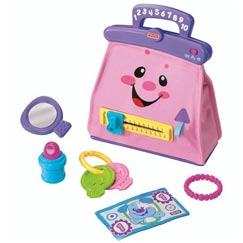NEWS:
Lisa will be in New Orleans in February! If anyone is interested in coming to a SocImages cocktail hour, email her at socimages@thesocietypages.org.
Also, this is your monthly reminder, you can always follow us on Twitter or friend us on Facebook, where we update with a featured post everyday!
FROM THE ARCHIVES:
In January of 2008 we featured a set of posters made by the National Campaign to Prevent Teen Pregnancy that labeled teens who found themselves parents as “pricks,” “cheap,” “nobodies,” “dirty,” and “rejects.” Nice.
And one year ago, in January 2009, I put up a series of photographs exposing the amazing convenience and luxuriousness of private plane travel. It’s a classic “how the top 1% lives” kind of post.
NEWLY ENRICHED POSTS (Look for what’s NEW! Jan ’10):
Food
Dudes. I added an ad with a recipe for jello with tuna to our post on vintage recipes for savory gelatin. I am not kidding.
We added a new commercial to our previous post on Orangina; this one includes interspecies S&M.
Edward S. alerted us to a commercial where a pig does the Flashdance. We added it to our post on gendered and sexualized food (scroll all the way down).
We’ve previously posted on the historical association of men (and masculinity) with meat. Jon S. sent us an example, a Weight Watchers ad that promises men they don’t have to eat “like a rabbit,” accompanied by an image of a hunk of beef. ‘Cause men need steak and potatoes, even when they’re dieting!
Media and Marketing
Gwen and I were like: “We’re so NOT adding any more content to the evolution of Evony ads post unless someone sends in something that truly takes it a step further… and that’s impossible.” Right? Wrong. Chris M., Tinpantithesis, Chris M., and Ryan sent in the next step in the Evony ads. Believe it.
CNN asked us if Jon and Kate Gosselin were getting too much coverage while advertising CNN’s coverage of them. We added another example of media hypocrisy–Dr. Drew of “Celebrity Rehab” telling us we shouldn’t be so interested in celebrities.
What can we appropriate the feminist movement to sell in addition to bras? How about shoes?
We posted about the September 2009 issue of Glamour including a picture of a naked “plus-size” model (that is, a size 12). We updated the post with a similar photo of a group of women with less-than-model-thin bodies that is in the Glamour calendar.
Marc C. sent us a link to a slide show featuring 185 pictures of cheerleaders. We added it to our post titled “What Warrants a Slide Show?”
Race
We added a photo from the liner notes of a Lady Gaga CD in which she and Kanye West are in a pose reminiscent of King Kong to an older post on the King Kong motif. Thanks to Ruth D’R. and an anonymous tipster!
Sara L. sent us another example to add to our post about housecleaning services that present house cleaners as non-white and those having their houses cleaned as white.
Sex
Another month, another addition to our ejaculation imagery post. Can you say “splooge halo”? I did. Thanks to Helene V. for the submission.
Someone-who-prefers-to-remain-anonymous sent us another example of a t-shirt that equates sexual penetration with domination in the sports arena, which we added to our original post on the topic.
Julia U. sent in some Calvin Klein ads that centrally feature the naked body of a black man. We added them to our post on the sexual objectification of men.
We updated one of our posts about the sexualization of little girls with photos of baby bibs that say “flirt” and “single.”
Gender
We found a vintage ad for Plymouth Barracuda marketed specifically to women and we added it to our post on the awesome Dodge La Femme.
Liscadifretta sent in a photo of a clothes hanger meant to look like a woman’s legs and crotch. We added it to our post featuring furniture shaped like (naked) women.
Joel P. sent us a link to the updated Diamonds or the Doghouse campaign by JC Penney. Like last year, the message is that you can be a total dick to your wife, so long as you are willing to buy her diamonds, because diamonds make her incredibly stupid.
As always, we had more to add to our post about pointlessly gendered products, this time boys’ and girls’ organic body wash and Nivea chapstick.
And we updated our post on marketing beauty products to men to include On the Job, a line of lotions–or, if you prefer, polymer gloves–for men.
Anna K.-B. sent us another example of health-related activism aimed specifically, and unnecessarily, at women.
Jessica H. sent us another example of a business marketing its services with gender: The Occasional Wife, and The Handy Husband and, Jessica’s find, Boyfriend for Hire.
Remember when we posted about the gendering (and Whitening) of online degree programs? Ryan sent us another example so we added it.
And we added another added to post on socializing kids with gendered toys.
More Stuff!
Ashleigh V. sent along another Twingo commercial. This one equates modernity with sexual permissiveness.
We added another batch of dolls with disabilities to our post on reactions to dolls with Down’s Syndrome.
We added another DDT product to our vintage post with ads advocating the household use of DDT, a pesticide that later turned out to be wholly toxic.



